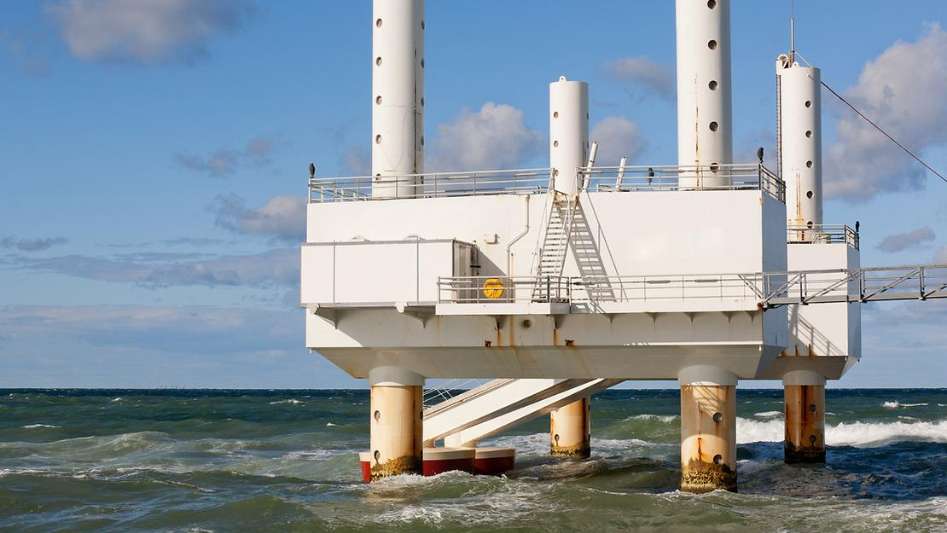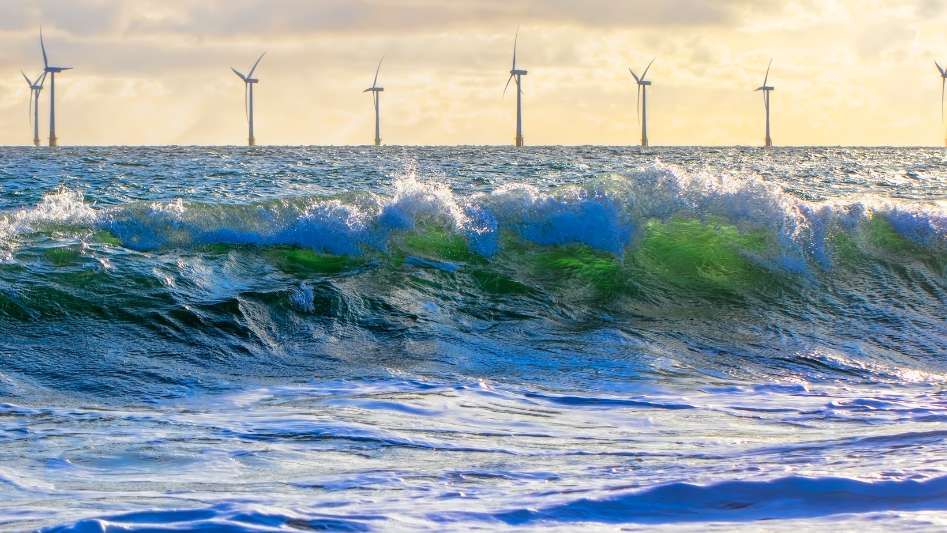Discover how wave energy can play a crucial role in creating a sustainable future in “The Power of the Ocean”. Learn about harnessing this natural resource for clean energy production.
Table of Contents
Introduction
The ocean is a vast and powerful resource, and we’re only just starting to tap into its potential. One of the most promising areas of ocean energy is wave energy. This renewable source of energy has the potential to provide clean, reliable power to communities around the world. In this guide, we’ll explore what wave energy is, how it works, and the advantages and challenges of this exciting new technology.

What is Wave Energy?
Wave energy is a form of renewable energy that harnesses the power of ocean waves to generate electricity. Unlike wind or solar energy, wave energy is not dependent on the weather or time of day, making it a reliable source of power.
How Does Wave Energy Work?
There are several different methods for capturing wave energy, but the most common involves the use of wave energy converters. These devices are placed in the ocean and use the motion of the waves to generate electricity. The motion of the waves is transferred to hydraulic pumps or generators, which then produce electricity.
Advantages of Wave Energy
Wave energy has several advantages over other forms of renewable energy. Firstly, wave energy is a predictable and reliable source of power, as the ocean’s waves are driven by the wind and tides, which are themselves driven by the moon’s gravity. This means that wave energy can be produced consistently, even during stormy conditions. Additionally, wave energy is a clean and renewable source of energy, making it an attractive alternative to fossil fuels.
Challenges and Limitations of Wave Energy
Despite its many benefits, wave energy is still a relatively new technology, and there are several challenges that need to be overcome before it can be widely adopted. One of the biggest challenges is the high cost of developing wave energy projects, which can make it difficult for small or developing communities to access this source of energy. Additionally, there are also environmental concerns associated with wave energy projects, such as the impact on marine life and the potential for interference with shipping lanes.

Wave Energy Projects Around the World
Wave energy projects are being developed all over the world, from Australia to Europe, and from the United States to Africa. These projects range from small-scale pilot projects to large-scale commercial projects, and are helping to demonstrate the potential of wave energy as a source of clean, reliable power.
The Future of Wave Energy
As the world continues to search for new sources of clean, renewable energy, wave energy is poised to play a significant role. With advances in technology and a growing awareness of the need for sustainable energy solutions, wave energy is set to become a key player in the world’s energy mix.
Conclusion
Wave energy has the potential to revolutionize the way we generate electricity, providing a clean, reliable source of power for communities around the world. While there are still challenges to be overcome, the future of wave energy is bright, and we’re only just beginning to explore its full potential.

FAQ
What is wave energy?
Wave energy is a form of renewable energy that harnesses the power of ocean waves to generate electricity.
How does wave energy work?
Wave energy is generated by wave energy converters that use the motion of ocean waves to generate electricity.
How does wave energy compare to other forms of renewable energy?
Wave energy has a high potential for power generation, particularly in coastal areas where wave activity is high. It is also a more predictable and consistent source of energy compared to wind and solar power.
What are the benefits of wave energy for the environment?
Wave energy helps reduce greenhouse gas emissions by replacing fossil fuels as a source of energy. It also has minimal impact on marine life and the coastal environment.
Is wave energy a cost-effective solution for power generation?
The cost of wave energy technology has decreased significantly in recent years, making it a cost-competitive option for power generation. Additionally, wave energy has a low operating cost compared to other forms of renewable energy.
You May Also Like
- ESG & SMARTER TECHNOLOGY CREATING A MORE SUSTAINABLE FUTURE FOR ALL
- WHY HYDROGEN IS THE FUTURE OF SUSTAINABLE ENERGY
- REWIND TO THE FUTURE: HOW CLASSIC MOVIES IMAGINED A WORLD POWERED BY RENEWABLE ENERGY
- SOLAR BOTANIC TREES: ARE THEY THE FUTURE OF EVS CHARGING STATIONS?
- NEW SUSTAINABLE AVIATION FUEL HUB TO BE LAUNCHED
External Links
- Harnessing Ocean Energy from Coastal and Offshore Pakistan †
- Wave energy: can ocean power solve the global energy crisis?
- The ocean contains an enormous and almost limitless amount of energy.
- Sustainable Tech: Is Wave Energy the Next Renewable We Should Be Looking Towards for the Future?
- Motion of the Ocean: Introduction to Wave Energy
